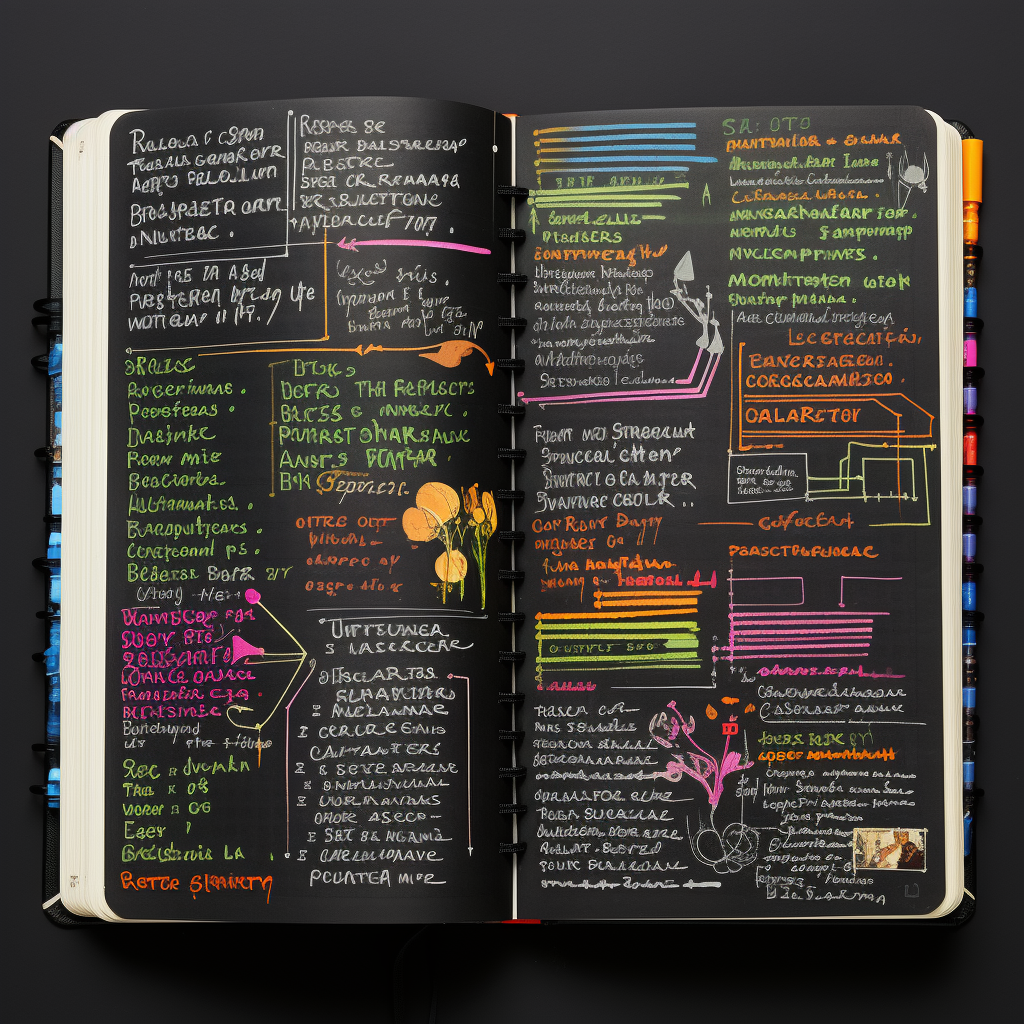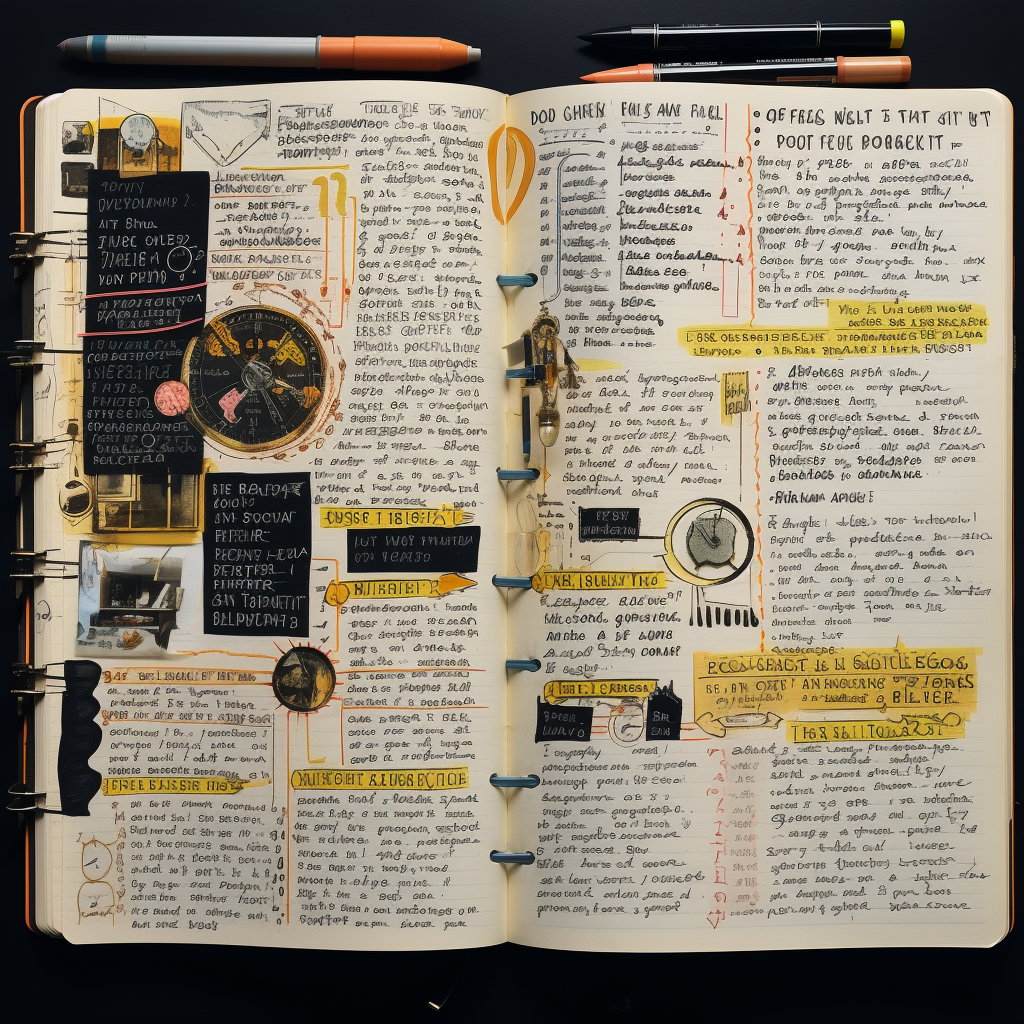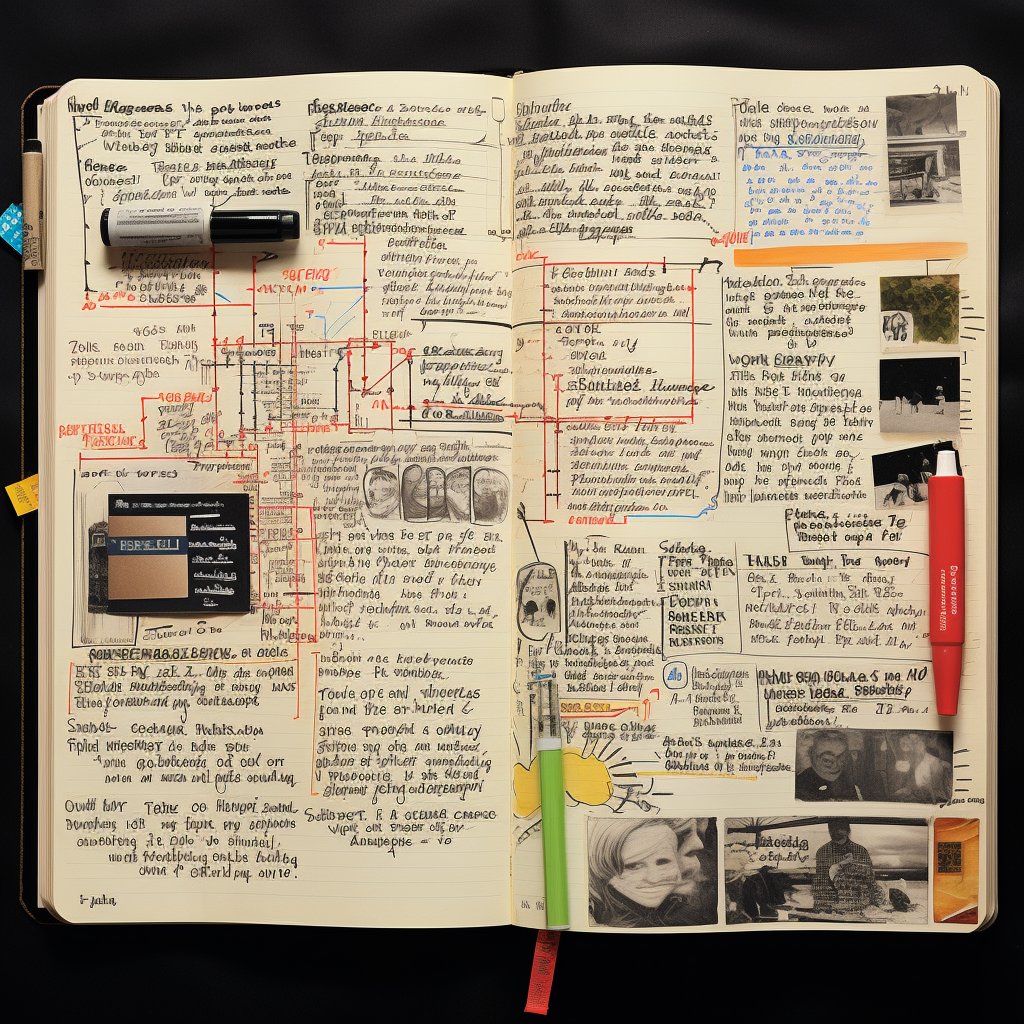The Bones Of Style
Didion:
When the day of the wedding arrived I did make the wreaths, cutting tiny slits in each stem and threading the daisies into one another (CxR). Cutting the slits and threading the daisies took longer than I had planned (SL). I was in fact still making the wreaths as the guests were being seated (CdL). The bridesmaids waited in their checked gingham dresses (SL). Brenda waited in her own checked gingham dress (SL). Her wedding, she later pointed out, turned out to be one more of my lettuce-cocktail moments (CxR). That she might have preferred a yellow-vegetable moment never, not ever, not once, not when I was pressing the gingham dresses and not when I was threading the daisy wreaths, crossed my mind (CxR).
Counts: Simple 3, Compound 1, Complex 3, Left Branching 4, Right Branching 3
Rodriguez:
Once more inside the house I would resume (assume) my place in the family (SR). The sounds would dim, grow harder to hear (CdL). Once more at home, I would grow less aware of that fact (SL). It required, however, no more than the blurt of the doorbell to alert me to listen to sounds all over again (SR). The house would turn instantly still while my mother went to the door (CxL). I'd hear her hard English sounds (SL). I'd wait to hear her voice return to soft-sounding Spanish, which assured me, as surely as did the clicking tongue of the lock on the door, that the stranger was gone (CxR).
Counts: Simple 4, Compound 1, Complex 2, Left Branching 4, Right Branching 3
Sounds and Rhythms:
Noticing the sounds and rhythms of sentence structure, I’m thinking not in audio terms, but in visual ones. Of horizontal and vertical dynamics. As if each sentence within the paragraph might be plotted on a chart. Simple, left branching sentences move things horizontally, and often with velocity, but compound and complex right branching sentences are moving the experience vertically, slower, or provide changes in direction. Left branching is moving things forward and backwards in a linear fashion, but right branching is adding depth and complexity up and down to that linearity. It takes us out of the simple, left-branching horizontal motion of the paragraph, and interrupts the main clause, but adds depth, context and detail which enriches our understanding of what’s happening. It’s a moment where the author connects us to something else, often adjacent as in Didion’s example specifically. If simple, left branching sentences are in black and white, compound and complex right branching sentences might provide the color, shapes and tones which augment them.
Comparisons of sentence style:
Both Didion and Rodriguez move the story along through the use of simple, left-branching sentences, and enrich our experience and understanding of their memories through an approach of compound and complex right-branching. If the simple, left-branching sentences help us understand what is going on, for example bridesmaids waiting or a mother answering the door, the more complex right-branching sentences connect those experiences to a richer set of thoughts, which might be something that we’ve read before, or something which connects the events to the why and how of what’s happening. In Didion, Brenda’s not just waiting in her gingham dress, it ‘turned out to be one more of my lettuce-cocktail moments’, which in isolation is abstracted, but in right-branching context connects it to a previous thought. As readers we know what that means. Our depth of understanding of Brenda’s wedding is connected to something Didion has already shared with us. Rodriguez’s mother doesn’t just answer the left-branching door, but is connected back to right-branching previous thoughts around language and the safety of childhood.
So if left-branching simplicity gives us the bones, then right-branching complexity gives us the muscles. The paragraphs and sentences I chose are evenly matched for structure and branching, but when considering tone and sounds, I found Rodriguez to be quieter, softer. At least at first. But as we enjoy the left-branching calm we are jolted awake by the right branching doorbell. The simple, right-branching sentence creating a turn, a change in direction and a marked move forward in pacing.































